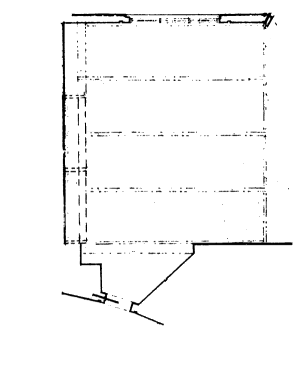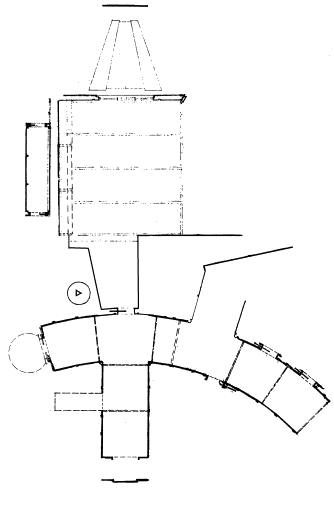See, I also disbelieve in this happening within the confines of Kirk's mission.Lithium circuits (early S1) were changed to Dilithium circuits (later S1 and onward). S1 Engine Room grew in height, added a 2nd floor and shrank in depth in S2. Between S2 and S3 that engine room's alcove area underwent changes as it went from open to enclosed. And M5, don't want to forget about that modification.
Lithium to dilithium would be a mere terminology change, or perhaps evidence of a robust, "multifuel" engine where just about anything can be articulated in the frame, be it crown jewels, dilithium microcrystals, paralithium suspension or trilithium resin.
Different engine room sets would simply mean different corners of the already established "maze" of Main Engineering.
And M5 was explicitly hailed as a big change (even when it was merely another system hooked on to consume power, not really different from Spock installing a new dynoscanner in his lab, or Kirk getting a more powerful jacuzzi), while nothing else engineering-related was.
The one time we saw a TNG ship act without even a shard of dilithium, major things were shut down, including the rare shutdown of all the blue and red lights on the nacelles ("Skin of Evil"). Then again, a ship explicitly lacking main power was seen lighting up its nacelles without effort, too ("Peak Performance").It is different from TNG's dilithium being an antimatter regulator that is used to control the matter/antimatter reaction. I don't ever recall that it is being able to be bypassed in TNG or used in a manner like TOS.
Apparently, in TOS, main power bypass calls for a "converter assembly". It sounds like the dilithium should be part of that assembly, i.e. dilithium would be playing a role in the assembly in converting something to something. Why not annihilation energies to warp energies, like in TNG (and apparently also ENT)? In TNG (backstage) technobabble, dilithium contains and focuses the annihilation; alternate, less efficient means for that could easily be postulated, probably involving forcefields instead of magic crystals. Such a dilithium-free forcefield focus might fit TOS and TNG evidence alike. It would take some "rigging" because said forcefield would normally merely guide the energies to and from the crystal; with the crystal gone, the forcefield gullet would have to be recontoured to achieve the same sort of focus...
The only difference might be that TOS ships had multiple parallel paths or "circuits", each with its dilithium crystal or paddle, while TNG ships utilize a single circuit. Simplification and streamlining as a consequence of increasing reliability is a sound and plausible development.Eject the crystals in TNG and the M/AM core shuts down from a lack of regulator. Very different premise between the series.
Timo Saloniemi








